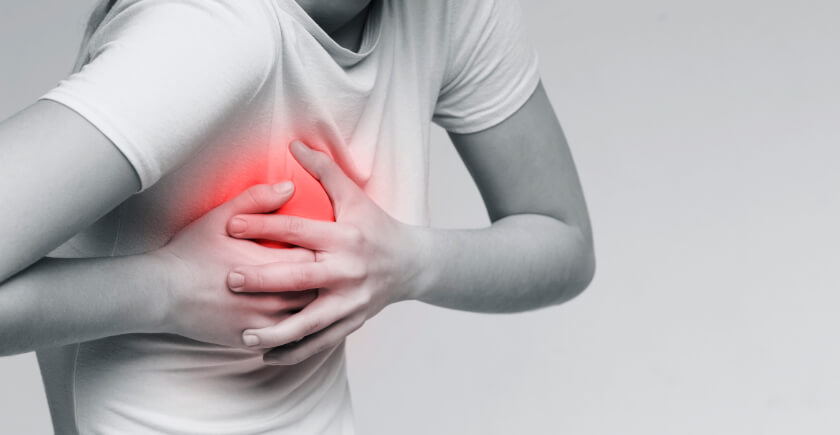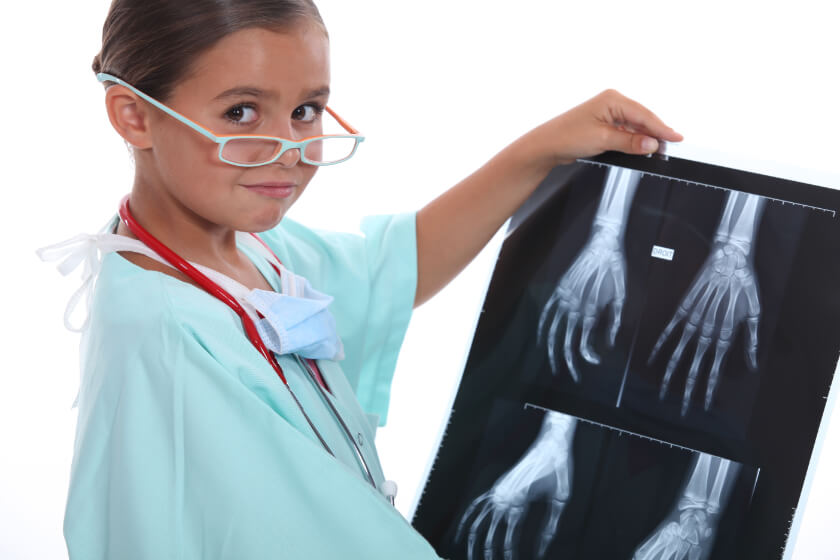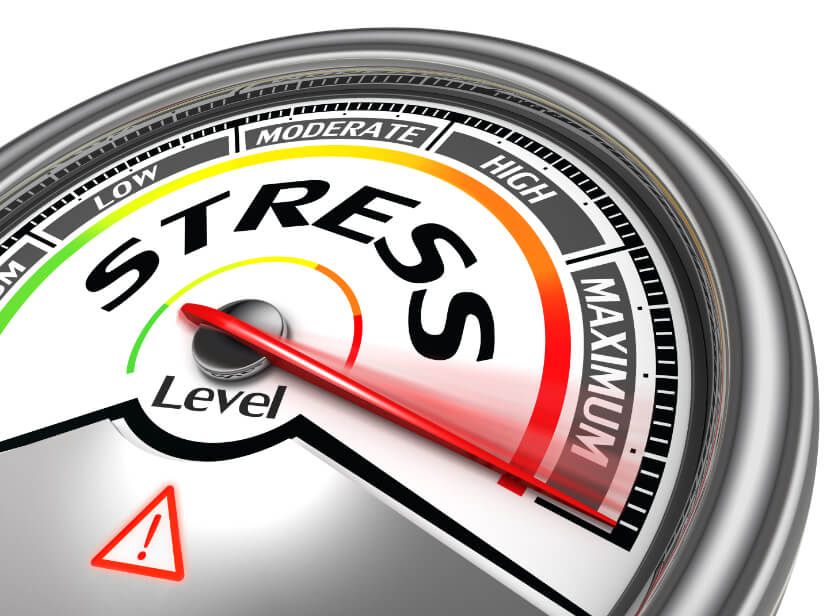

Cyclical Breast Pain: Common Causes and When to Get a Mammogram

Do you have breast pain that seems to come and go every month? It may be cyclical breast pain.
As its name suggests, cyclical breast pain is breast pain that comes and goes in a cycle. Cyclical breast pain typically appears about a week before a woman gets her period. She may experience a little pain in the upper, outer part of one or both breasts. Cyclical breast pain usually disappears when her period starts, but reappears a week before her next period.
Also known as mastalgia, cyclical breast pain is the most common breast complaint females have during their reproductive years. For many women, mastalgia is a routine part of their monthly menstrual cycle. For others, though, it has a negative effect on their lives – affecting sexual activity, physical activity, and a negative effect on work and social activities.
Many women who experience cyclical breast pain worry that it is the result of cancer. Breast cancer can cause lumps that may be quite painful, but breast pain all by itself does not necessarily indicate cancer.
About 70 percent of American women experience cyclical breast pain, but only 30 percent of those women seek medical care for mastalgia. Most women with cyclical breast pain are between 30 and 50 years old – it tends to affect younger women more often. Symptoms of cyclical breast pain usually stop at menopause.
Causes of Cyclic Breast Pain
Medical researchers have not yet uncovered the exact cause of cyclic breast pain, but most think mastalgia develops as the result of variations of hormones during the menstrual cycle. These hormonal variations increase sensitivity of breast tissue. Cyclical breast pain usually goes away with pregnancy and menopause, which further supports the theory that mastalgia develops as the result of hormones.
More specifically, the periodic discomfort develops as the result of estrogen, a female reproductive hormone. Produced in the ovaries, estrogen is responsible for the development and regulation of the female reproductive system. The hormone also regulates the secondary sex characteristics, such as the breasts.
Estrogen plays an important role of breast development during puberty. The production and release of estrogen from the ovaries causes fat to collect in connective tissue, which causes the breasts to grow.
Estrogen levels rise and fall during the monthly menstrual cycle, and the fluctuations in estrogen levels affect the breasts. The ovaries produce estrogen during the first half of the menstrual cycle, which starts on the first day of your period. The rise in estrogen makes the milk ducts grow in size. These changes in the breast may contribute to cyclical breast pain.
Breast pain may also be non-cyclic, which has nothing to do with your menstrual cycle. This type of breast pain is more common in women who are 40 to 50 years old.
Symptoms of Cyclic Breast Pain
Symptoms of cyclic breast pain include:
- Tenderness
- Swollen breasts
- Heaviness
- Soreness
Diagnosis and Treatment of Cyclic Breast Pain
Any pain is concerning, especially when it involves the breasts and it keeps coming back. If you have cyclic breast pain, consult with your doctor, who can diagnose and treat your breast pain.
Your doctor will review your symptoms, and ask how long you have had them. They will also ask about the severity of the pain. Next, your doctor will perform a breast exam to look for any possible lumps. Your doctor may ask you to lean forward a bit, which makes it easier to determine if the pain is coming from your breast or from inside your chest.
Depending on a few factors, your doctor may order a mammogram. These factors include:
- The specific type of pain you are experiencing
- The findings from the breast exam
- How old you are
- How long it has been since your last mammogram
A mammogram can help your doctor determine if your breast pain is the result of breast cancer. Regular mammograms are the best way to catch breast cancer early, when it is most responsive to treatment.
Breast cancer is a condition in which some breast cells begin to grow abnormally. These abnormal breast cells reproduce more quickly than do normal cells, and they can interfere with the function of normal cells. Cancer cells can also spread to tissue far beyond the breasts.
Symptoms of breast cancer include:
- A new, painless lump in the breast or underarm
- Swelling of part of the breast
- Thickened breast tissue
- Dimpling of the skin on the breast
- Skin irritation
- Red or flaky skin of the breast, particularly around the nipple
- Pain in the nipple area
- Inverting, or pulling in of the nipple
Fortunately, cyclic breast pain does not require extensive treatment – over-the-counter pain relievers are usually enough to control mild to moderate cyclic breast pain. Your doctor can prescribe stronger medications for more severe cyclic breast pain.
Drug-free treatments for cyclical breast pain include:
- Wearing a supportive bra that fits well
- Eliminating caffeine
- Avoiding tobacco products
- Applying heat to the painful areas of your breasts
- Practicing relaxation techniques
- Taking certain supplements, such as magnesium, vitamin E and other vitamin supplements
If you have cyclical breast pain that seems to appear before your period, consult with your doctor. A routine breast examination and mammogram can help you and your doctor rule out breast cancer or other issues that may cause symptoms of mastalgia.





